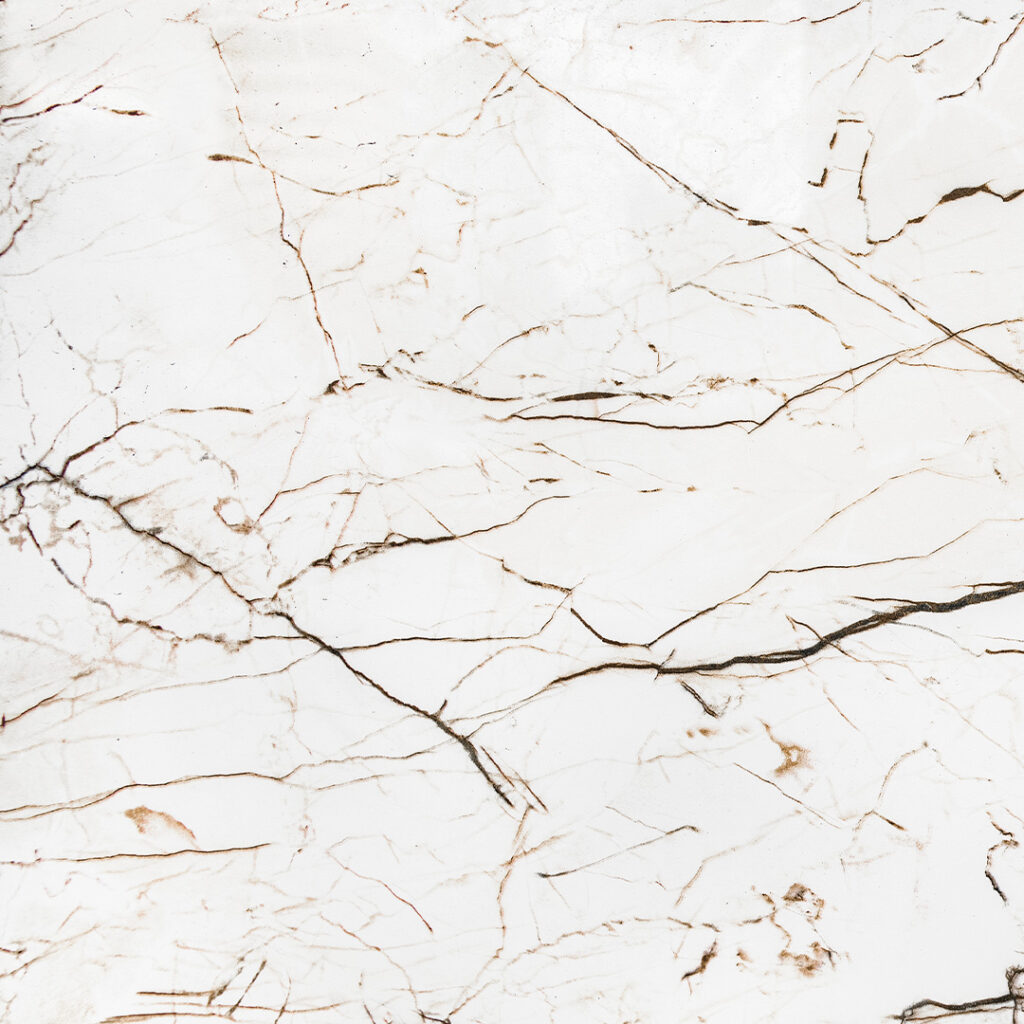The world of stone countertops can be an amazing and luxurious endeavor when you start diving into the different types of stones, their colors, designs, strengths, and history. However, all that glam and sparkle can hide a deceptive practice which some less reputable companies hide. It may seem wrong, but there are some companies who will market one stone as another, such as saying they are selling you white marble, when it is actually white quartzite.
We at Marble.com abhor practices like this, which is why we are going to teach you how to be a smart shopper. Telling the difference between white marble and quartzite can be very tricky to anyone inexperienced in stone.
For today, follow along as we guide you on how to tell the difference between white marble and white quartzite.
Quartzite vs. Marble
Understanding the differences between marble and quartzite on a basic level will provide you with more clarity on how the stones are different. While every stone typically comes from the ground, not every stone is made the same.
Structure
There are three main rock types: igneous, sedimentary, and metamorphic.
· Igneous rocks are rocks that are formed through the cooling and solidification of magma or lava.
· Sedimentary rocks are formed when particles settle out and combine together in an accumulation of layers from water, air, or precipitation.
· Metamorphic rocks are existing rocks which are super-heated in magma or lava, kept under intense pressure for many years, and morphed into another rock. Many metamorphic rocks contain silicon and oxygen and are the most abundant in the Earth’s crust.
With that information in hand, we can identify quartzite and marble more accurately.
Quartzite is an igneous rock which has been crystallized through the cooling process.
Marble is a metamorphic rock, originally made from limestone and morphed into marble through the heating and cooling process.






